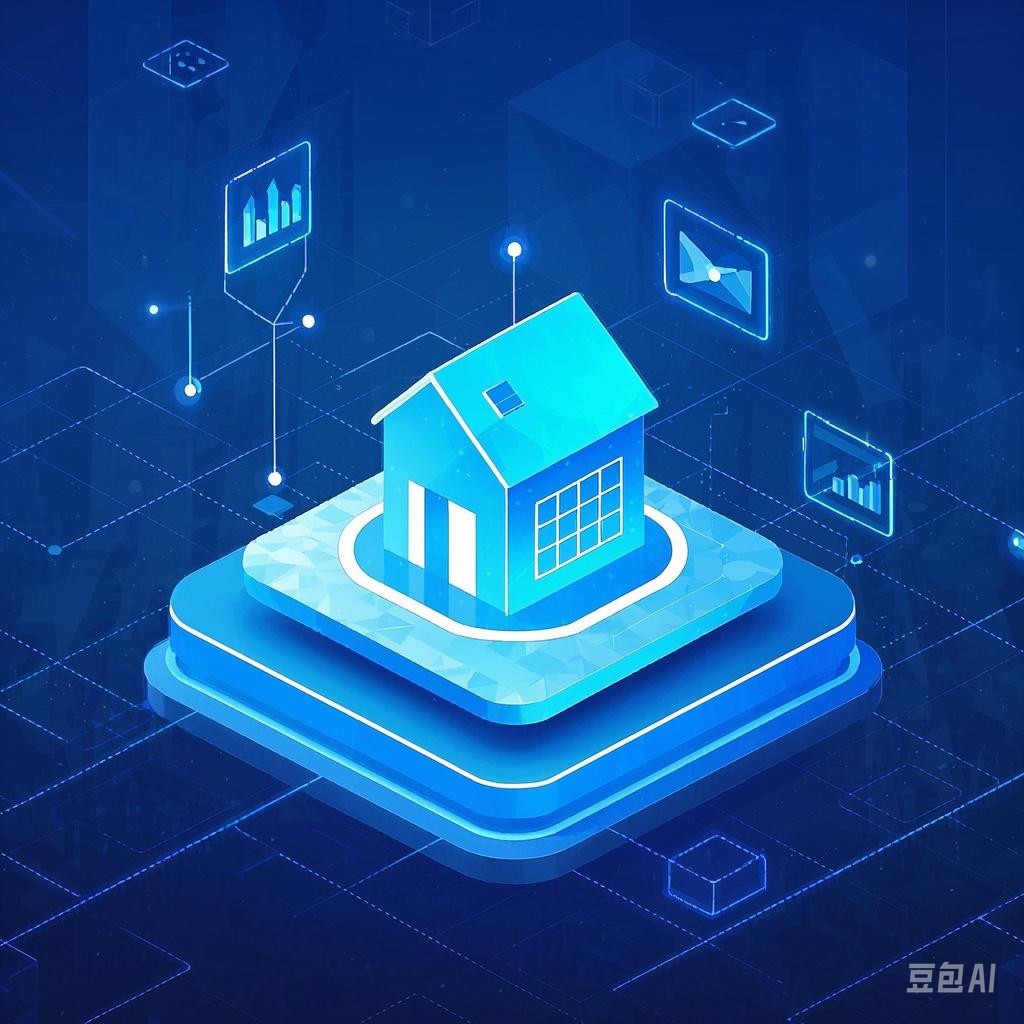The concept of the metaverse has been gaining traction in recent years, with many tech giants and startups vying to shape its future. But what exactly is the metaverse, and how does it relate to virtual reality (VR) technology? In this article, we will delve into the intricacies of the metaverse, explore its potential applications, and discuss the challenges that lie ahead.
Understanding the Metaverse
Definition of the Metaverse
The metaverse is often described as a virtual space that encompasses all aspects of the physical world, allowing users to interact with each other and with digital content in real-time. It is an immersive, persistent, and interactive environment that extends beyond the limitations of the physical world.
Key Features of the Metaverse
- Immersive Experience: The metaverse offers an immersive experience through advanced VR technology, which allows users to feel as though they are physically present in a virtual world.
- Persistence: Unlike traditional virtual reality experiences, the metaverse is designed to be persistent, meaning that it remains accessible to users at all times.
- Interactivity: Users can interact with each other and with the digital environment, creating a more engaging and dynamic experience.
- Connectivity: The metaverse is connected to the physical world through the internet, allowing users to share their experiences with others and access real-world information.
The Relationship Between the Metaverse and Virtual Reality
The metaverse and virtual reality are closely related, as the metaverse relies on VR technology to provide its immersive experiences. However, the metaverse goes beyond the limitations of VR by incorporating other technologies, such as augmented reality (AR), artificial intelligence (AI), and blockchain.
Virtual Reality as a Foundation
VR serves as the foundation for the metaverse by providing the necessary hardware and software to create immersive experiences. High-quality VR headsets, such as the Oculus Quest 2 and HTC Vive Cosmos, allow users to explore virtual worlds and interact with digital objects.
Augmented Reality and Mixed Reality
AR and mixed reality (MR) technologies complement VR by blending the physical and digital worlds. In the metaverse, AR can be used to overlay digital information onto the physical world, while MR can create a hybrid environment where virtual and physical objects coexist.
Artificial Intelligence
AI plays a crucial role in the metaverse by enabling intelligent agents, personalized experiences, and advanced interaction capabilities. AI algorithms can learn from user behavior and preferences, providing tailored recommendations and improving the overall user experience.
Blockchain Technology
Blockchain technology can be used to create decentralized and secure platforms for the metaverse. This allows for the creation of virtual assets, such as digital land and objects, which can be bought, sold, and traded within the metaverse.
Potential Applications of the Metaverse
The metaverse has the potential to revolutionize various industries, including entertainment, education, healthcare, and real estate.
Entertainment
The metaverse offers new opportunities for gaming, virtual concerts, and social interactions. Users can create their own virtual avatars and explore virtual worlds, engaging in activities such as gaming, shopping, and socializing.
Education
The metaverse can be used to create immersive learning environments, allowing students to learn in a more interactive and engaging manner. Virtual classrooms, interactive simulations, and remote collaboration tools can enhance the educational experience.
Healthcare
In the healthcare industry, the metaverse can be used for virtual surgeries, telemedicine, and patient rehabilitation. Surgeons can practice complex procedures in virtual environments, while patients can receive personalized care and support.
Real Estate
The metaverse can transform the real estate industry by allowing users to explore virtual properties and conduct virtual tours. This can streamline the buying and selling process, making it more accessible and efficient.
Challenges and Future Outlook
While the metaverse presents exciting opportunities, it also faces several challenges.
Hardware and Software Development
Creating high-quality VR hardware and software is a complex and costly process. To achieve widespread adoption, developers must focus on improving the quality of the immersive experience and making it more accessible to a broader audience.
User Experience
The success of the metaverse relies on providing a seamless and intuitive user experience. Developers must design user-friendly interfaces and ensure that the technology is easy to use and understand.
Privacy and Security
The metaverse raises concerns about user privacy and data security. As users interact with the digital environment, their personal information may be at risk. Developers must implement robust security measures to protect user data and ensure privacy.
Regulatory and Ethical Considerations
The metaverse operates in a regulatory and ethical gray area. As the technology evolves, it is crucial to establish clear guidelines and regulations to ensure that the metaverse is used responsibly and ethically.
Conclusion
The metaverse represents a new frontier in virtual reality technology, offering a world of possibilities for various industries. As developers continue to innovate and address the challenges ahead, the metaverse has the potential to become a transformative force in the digital age.
